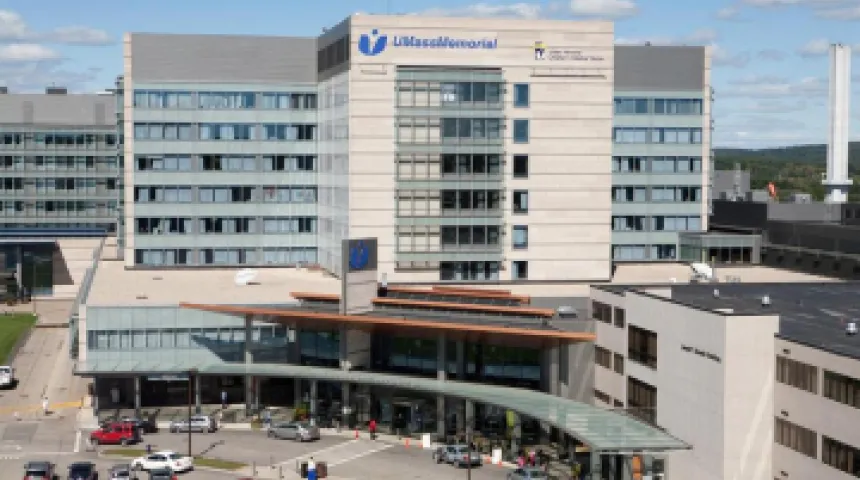Center for Complex Aortic Disease
Our Cardiology Locations

UMass Memorial Medical Center - Milford Multispecialty Office
91 Water Street,
First Floor,
Milford, 01757 MA

UMass Memorial Medical Center - Shrewsbury Center Cardiology
604 Main Street Cardiology,
Shrewsbury, 01545 MA
UMass Memorial Medical Center - Children's Medical Center
55 Lake Avenue North CMC,
Worcester, 01655 MA

UMass Memorial Medical Center - Westborough Cardiology
33 Lyman Street Cardiology,
Westborough, 01581 MA

UMass Memorial Medical Group - Center for Vein Disease
33 Lyman Street,
Suite 300,
Westborough, 01581 MA

UMass Memorial Medical Group - Cardiology at Marlborough Hospital
159 Union Street Cardiology,
Marlborough, 01752 MA
Why Choose Aortic Aneurysm Specialists at UMass Memorial Health?
Leading-Edge Treatments
UMass Memorial Medical Center in Worcester was the first hospital in the U.S. to perform endovascular aneurysm repair using fiberoptic cable imaging instead of X-ray radiation. This approach is safer for patients and helps surgeons operate with exceptional accuracy
Advanced Diagnostics
We offer the latest vascular imaging technology for vascular disease, including ultrasounds, angiography and angiograms. With several vascular labs throughout the region, it’s easy to get many tests, such as vascular ultrasounds, close to where you live and work.
Hybrid OR
In some cases, we combine open and endovascular techniques into one procedure in our state-of-the-art hybrid operating room. A hybrid approach for complex aneurysms is less invasive and requires less time in the operating room than conventional open surgery.
Get Started
Call 855-UMASS-MD (855-862-7763) to request an appointment with an aortic aneurysm specialist.

